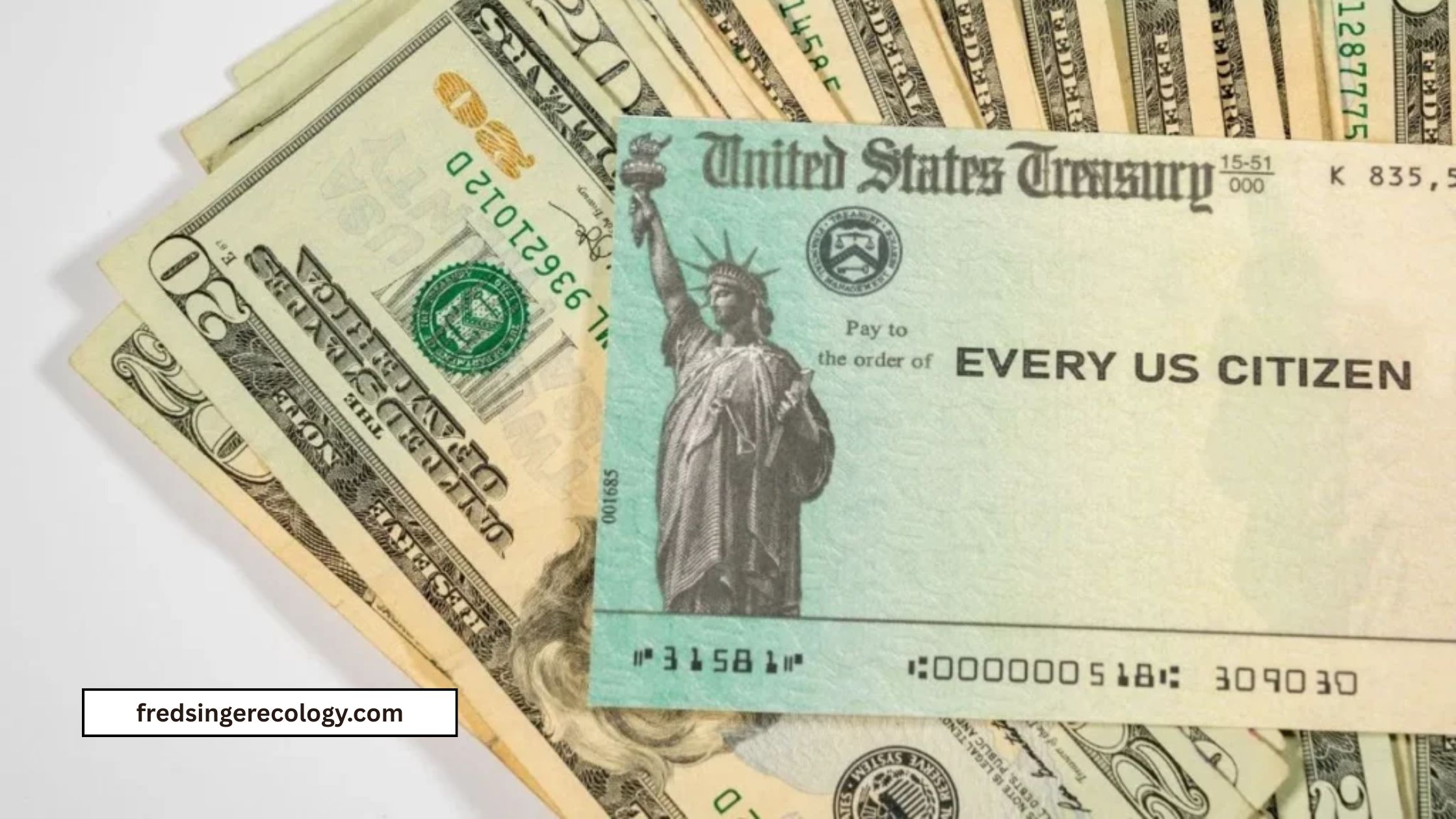In a move to support millions of Americans, the U.S. government has officially announced that $1,200 Federal Relief Checks will begin rolling out on April 15, 2025. Designed to provide financial relief amid ongoing economic challenges, these payments will be available to eligible individuals and families, helping ease the burden of rising costs and economic uncertainty. Here’s everything you need to know about the upcoming relief checks, including the payment timeline, eligibility criteria, and how to prepare.
The $1,200 relief checks are part of a broader economic stimulus package intended to stabilize the economy and offer a safety net for citizens grappling with financial strain. The payments will be issued based on 2024 tax returns, with those meeting specific income thresholds set to receive direct deposits, paper checks, or prepaid debit cards. This support comes as the country continues to recover from inflation, job market disruptions, and global economic volatility.
Payment Timeline and Delivery Methods
The distribution of the $1,200 relief checks will begin on April 15, 2025, and will continue through the following months. Payments will be delivered in three ways: direct deposit, paper checks, and prepaid debit cards. Direct deposit is the fastest method, ensuring recipients receive their funds directly into their bank accounts. If direct deposit is not an option, individuals will receive paper checks in the mail, though these may take 2-4 weeks longer to arrive, depending on postal service processing. For some recipients, prepaid debit cards may be issued as an alternative payment method. These cards will come in a plain envelope with activation instructions.
Who is Eligible for the $1,200 Relief Checks?
To qualify for the relief checks, individuals must meet specific income and filing criteria based on their 2024 tax returns. The income thresholds are as follows:
- Single Filers: Must earn $75,000 or less, with a phase-out range up to $99,000.
- Married Filing Jointly: Combined income must be $150,000 or less, with a phase-out range up to $198,000.
- Head of Household (HOH): Income must be $112,500 or less, with a phase-out range up to $136,500.
In addition to these income criteria, individuals must have filed a 2024 tax return. For those who haven’t filed or are non-filers, such as certain Social Security recipients, the IRS will use federal records to determine eligibility. Moreover, dependents under the age of 17 can add $500 to the relief amount, offering extra support for families with children.
Preparing for Your Federal Relief Payment
To ensure timely receipt of your relief payment, it’s essential to take a few key steps:
- Verify Your Tax Information: Ensure your 2024 tax return is accurate and up-to-date. This includes verifying your filing status, dependents, and bank account details. Any errors in these areas could lead to delays in processing your payment.
- Update Your Address: If you’ve recently moved, make sure your address is updated with the IRS to avoid any complications. You can update your address by submitting IRS Form 8822.
- Set Up Direct Deposit: If you haven’t already, set up direct deposit with the IRS to receive your payment quickly. This is the most efficient way to get your relief check and avoid delays.
- Monitor IRS Notifications: Once your payment is processed, the IRS will send confirmation letters to recipients. Keep these letters for your records to resolve any future issues.
- Be Cautious of Scams: As the IRS begins distributing relief payments, it’s important to be wary of potential scams. The IRS will never ask for personal information via email, phone, or text. Always verify communications through official IRS channels.
- Track Your Payment Status: You can use the IRS’s “Get My Payment” tool to check the status of your relief check and confirm how it will be delivered.
The Economic Impact of the Relief Checks
The $1,200 Federal Relief Checks are part of a broader strategy to stimulate the economy and provide direct support to American households. In previous years, similar stimulus programs have been instrumental in reducing poverty and boosting consumer spending. A 2021 study by the Urban Institute revealed that stimulus checks helped reduce poverty levels by nearly 45%, and data from the U.S. Census Bureau showed that millions of Americans were lifted out of poverty by these payments.
These relief checks aim to provide immediate financial assistance to those struggling with the long-term impacts of inflation, unemployment, and other economic challenges. By giving people the means to pay for essential goods and services, the federal government hopes to promote economic recovery and help families regain financial stability.

